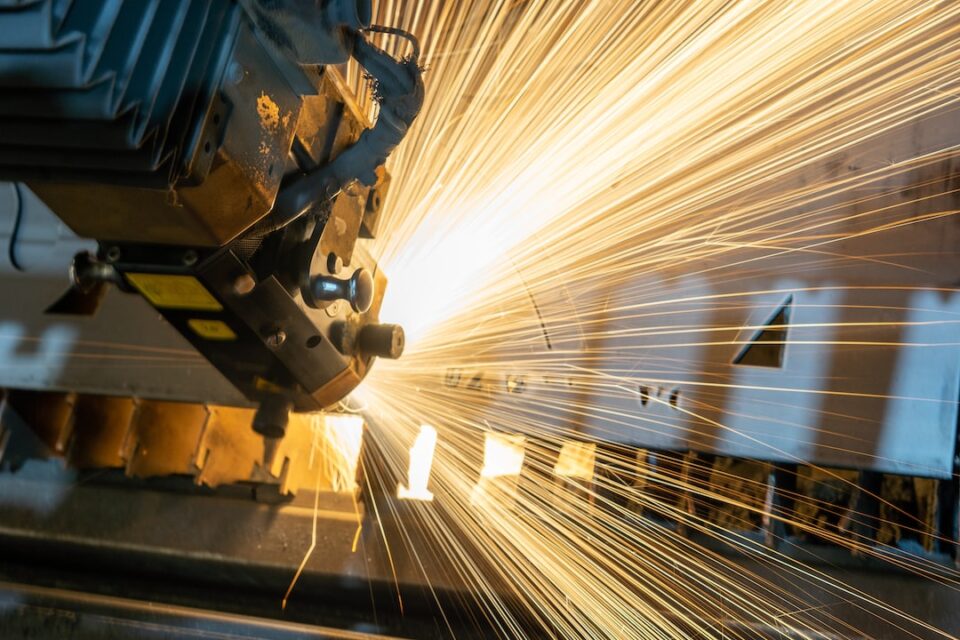The Future of Sustainable Packaging Solutions in Manufacturing
As the world becomes more aware of the environmental challenges we face, the need for sustainable solutions in every sector has become increasingly urgent. One area that has gained significant attention is packaging, particularly within the manufacturing industry. With the rise of ecommerce and consumer demand for eco-friendly products, manufacturers are exploring innovative ways to create sustainable packaging solutions for a greener future.
The manufacturing industry has long relied on traditional packaging materials such as plastics and single-use materials, which have a detrimental impact on the environment. However, a shift toward sustainable packaging is now gaining momentum, driven by both consumer demand and regulatory requirements. Manufacturers are recognizing the need to reduce waste, minimize carbon emissions, and find alternatives to non-recyclable materials.
One emerging trend in sustainable packaging solutions is the use of biodegradable materials. Bioplastics, made from renewable resources such as corn starch or sugar cane, offer an eco-friendly alternative to traditional plastics derived from fossil fuels. These materials can be composted or biodegraded, reducing the harmful impact on the environment. Additionally, manufacturers are exploring innovative packaging designs that require fewer materials or use materials that are easier to recycle.
Another exciting development in sustainable packaging is the use of recycled materials. By utilizing post-consumer recycled content, manufacturers can reduce the demand for virgin materials and prevent waste from ending up in landfills. Recycled materials can be just as durable and effective as their virgin counterparts, and their use significantly reduces carbon emissions and energy consumption during the manufacturing process.
Advancements in technology have also played a crucial role in the future of sustainable packaging solutions. Improved material science allows for the development of packaging that is not only eco-friendly but also highly functional and visually appealing. Manufacturers now have access to packaging solutions that provide sufficient protection for products, ensuring they reach customers in pristine condition. Intelligent packaging, equipped with sensors and tracking devices, is also emerging as a way to reduce food waste by monitoring freshness and improving supply chain efficiency.
Furthermore, the future of sustainable packaging involves a shift towards a circular economy. The linear model of take-make-dispose is being replaced by a system that emphasizes recycling, reusing, and repurposing materials. Manufacturers are designing packaging that can be easily recycled or repurposed into new products, closing the loop and preventing valuable resources from going to waste.
In addition to the environmental benefits, the adoption of sustainable packaging solutions can also provide economic advantages. Consumers are actively seeking out eco-friendly products, and businesses that embrace sustainability are seen as responsible and forward-thinking. By investing in sustainable packaging, manufacturers can enhance their brand image, attract environmentally conscious consumers, and achieve long-term financial success.
The future of sustainable packaging solutions in manufacturing is promising. From biodegradable materials and recycling advancements to technological innovations and the adoption of a circular economy model, the industry is actively working towards a greener future. The positive impact of sustainable packaging extends beyond reducing waste and carbon emissions; it also promotes a more sustainable mindset throughout the entire manufacturing sector.
Ultimately, the future lies in the hands of manufacturers who choose to embrace sustainable packaging solutions. By making conscious decisions to reduce their environmental footprint, they not only contribute to the preservation of our planet but also position themselves as leaders in a rapidly changing marketplace. As consumer demand for sustainable products continues to grow, manufacturers must prioritize sustainability, drive innovation, and collaborate towards a future where sustainable packaging is the norm.


